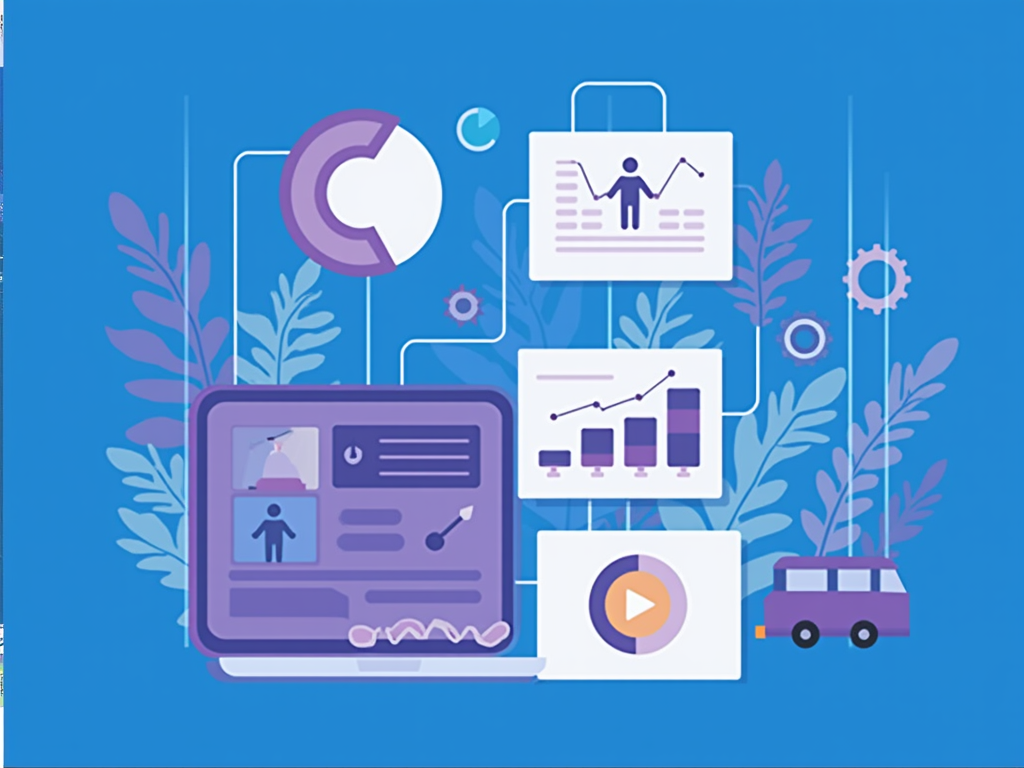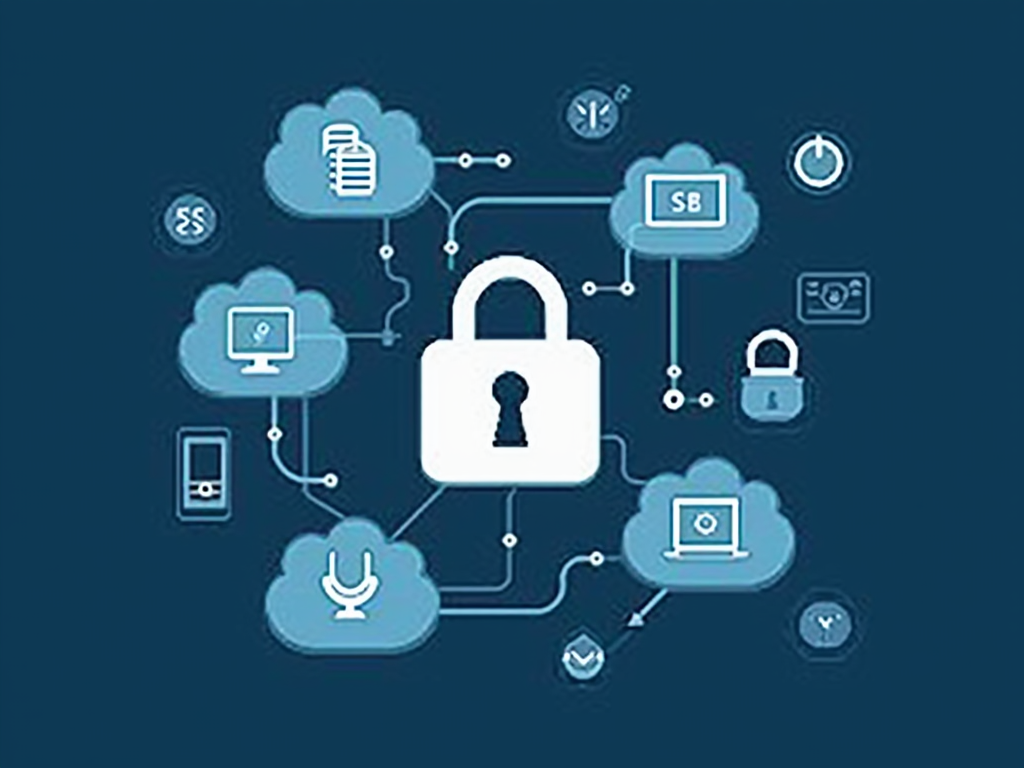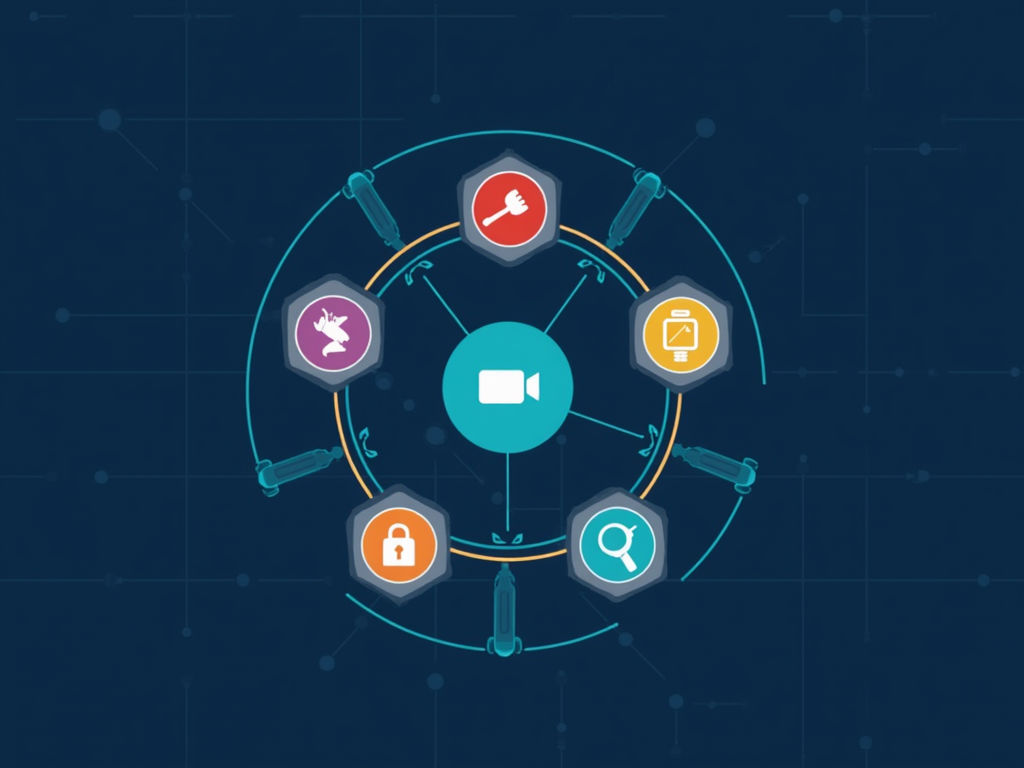Using Automation Tools for Compliance Monitoring and Reporting
As organizations continue to grow and evolve, the importance of compliance monitoring and reporting cannot be overstated. Regulatory bodies and industry standards require companies to maintain accurate records of their activities, policies, and procedures. This can be a time-consuming and labor-intensive process, especially for larger organizations with multiple locations and stakeholders.
In this article, we’ll explore how automation tools can help simplify the process of compliance monitoring and reporting, reducing the risk of human error and increasing efficiency.
The Challenges of Compliance Monitoring and Reporting
Traditional methods of compliance monitoring and reporting involve manual data collection, analysis, and reporting. This can be a tedious and time-consuming process, requiring significant resources and personnel.
Some of the challenges associated with traditional compliance monitoring and reporting include:
- Inaccurate or incomplete data: Manual data collection is prone to errors, which can lead to inaccurate or incomplete reports.
- Time-consuming: Collecting, analyzing, and reporting on vast amounts of data can take a significant amount of time, taking away from other important tasks.
- Costly: Hiring personnel or outsourcing the task can be expensive, especially for smaller organizations.
The Benefits of Automation
Automation tools can help simplify the process of compliance monitoring and reporting by automating repetitive tasks, reducing errors, and increasing efficiency. Some benefits of using automation tools include:
- Accuracy: Automated processes reduce the risk of human error, ensuring that data is accurate and complete.
- Speed: Automation allows for rapid processing of large datasets, reducing the time it takes to collect, analyze, and report on compliance data.
- Cost savings: By automating routine tasks, organizations can reduce labor costs and allocate resources to more strategic initiatives.
Examples of Automation Tools
Several automation tools are available to help with compliance monitoring and reporting. Some examples include:
- Data integration platforms: These platforms allow organizations to integrate data from multiple sources into a single platform, streamlining the process of collecting and analyzing compliance data.
- Business intelligence software: This type of software enables organizations to analyze and report on large datasets, providing insights that can inform compliance decisions.
- Automated reporting tools: Specialized software can automate the process of generating compliance reports, reducing the time and effort required to produce these reports.
Best Practices for Implementing Automation
When implementing automation tools for compliance monitoring and reporting, organizations should follow best practices such as:
- Start small: Begin with a specific area or process, rather than trying to automate everything at once.
- Choose the right tool: Select an automation tool that is well-suited to your organization’s needs and processes.
- Monitor and adjust: Continuously monitor the automated process and make adjustments as needed to ensure it remains accurate and effective.
Conclusion
In conclusion, using automation tools for compliance monitoring and reporting can help organizations reduce errors, increase efficiency, and improve accuracy. By leveraging these tools, organizations can streamline their compliance processes, freeing up resources to focus on more strategic initiatives. Whether you’re a small organization or a large enterprise, automation can help simplify the process of compliance monitoring and reporting.
References
- [1] “The Benefits of Automation in Compliance Monitoring” by [Author’s Name]
- [2] “Compliance Automation: A Guide to Getting Started” by [Author’s Name]
This article was written by [Your Name], a writer and compliance expert. For more information on using automation tools for compliance monitoring and reporting, please visit our website at [Your Website URL].



